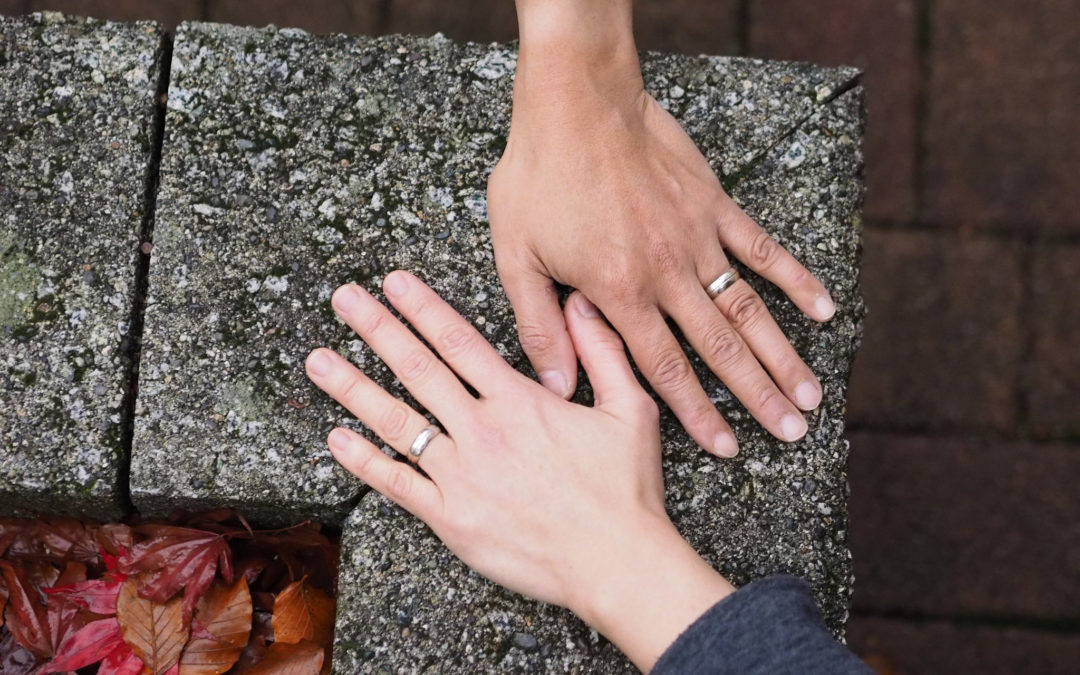“Rather than being your thoughts and emotions, be the awareness behind them.” – Unknown
Common themes often appear during my counseling sessions. In particular, one that keeps popping up involves my work with couples. When counseling couples, I often see that when one person is too busy with work or unhealthy, for example, something about them is seen as unavailable. The other partner yearns to forge a connection, only to find themselves feeling lonely, distressed, frustrated, or questioning what they’re getting out of the relationship. They begin taking it personal by somehow making it about them. They don’t know how to soothe their own distress.
Which brings me to the meat of this blog: feelings arise and we often push them down or aside to be dealt with later. Don’t squash this feeling – be in touch with it! Think about what’s really going on for you.
In session, I often have to slow things down for couples to help them identify what they’re feeling. The way to do this is to get in touch with our bodies. If we’re feeling something, the body will respond in some form or fashion, such as a tightening in the chest, stomach pains, or an increased pulse. By slowing down, people are able to access and communicate their deeper feelings. If people struggle with this, I encourage them to describe their feelings as an image. For example, someone who reports feeling lonely might say they’re “wandering alone in the desert, with no sign of life on the horizon”. Then, they repeat the key phrases while I slow them down using simple language, a slow pace, a soft voice, and their own words.
To complicate things, we humans pay a great deal of attention to what others are doing. Surprise! This also comes up in session. I help couples learn to navigate this by repeating back what they’re telling me and then I ask how it impacts them. Next, I ask each partner, “When you see your partner do this, what beliefs come up about you and them?”
You see, it’s the emotion that drives our behaviors and beliefs. By digging in a little deeper about which emotions are coming up for us, we can uncover our own inner struggles. In turn, this will help us become more aligned with ourselves and our partners.
TAKE-AWAY: The next time you’re experiencing an intense emotion, take a few moments to slow down, close your eyes (if possible), and get in tune with your body. Do a full-body “scan,” paying attention to painful, tight, tense, or tender areas. What do you notice? Identify any underlying beliefs you have about yourself or others then challenge those beliefs.


